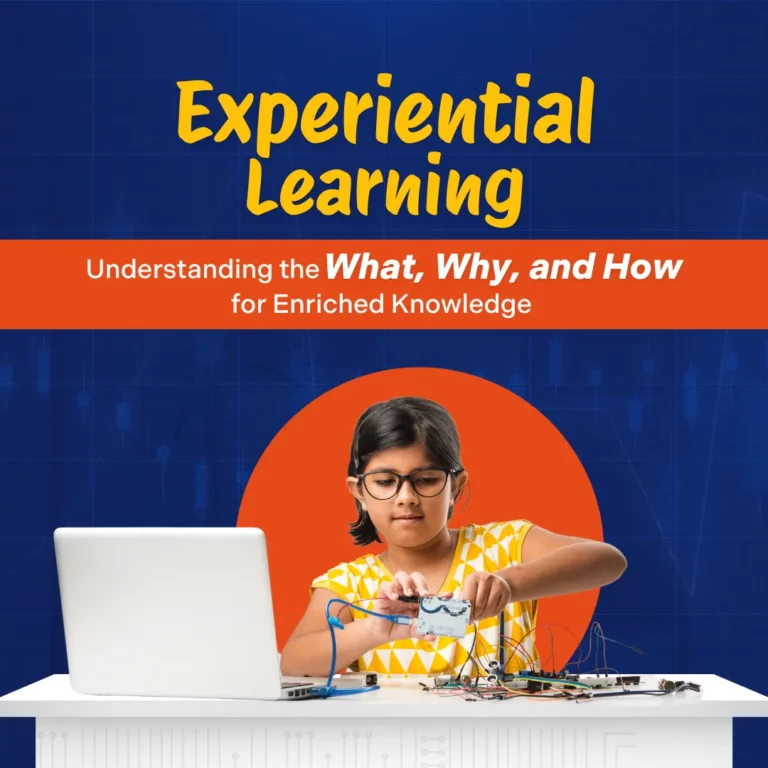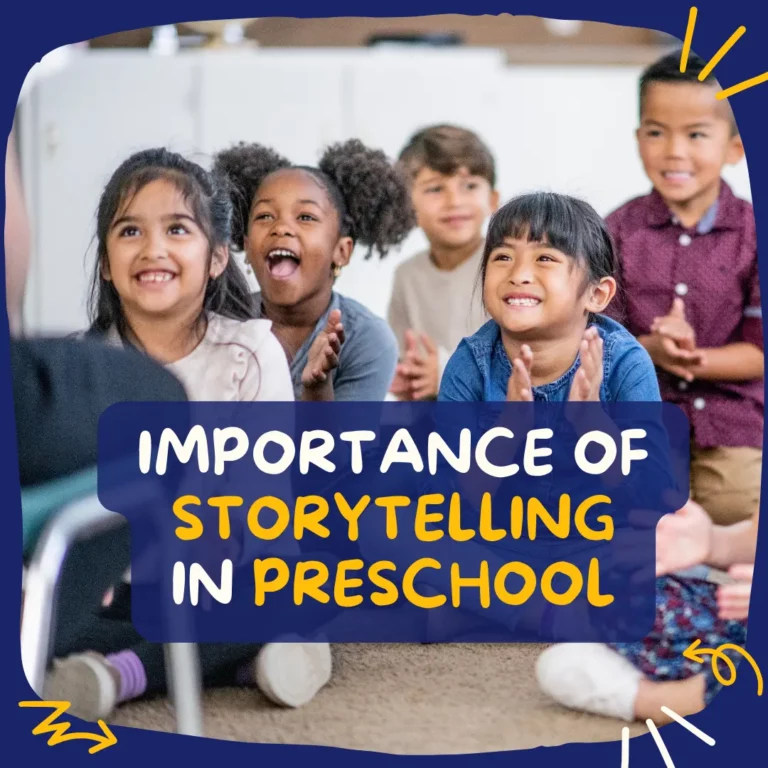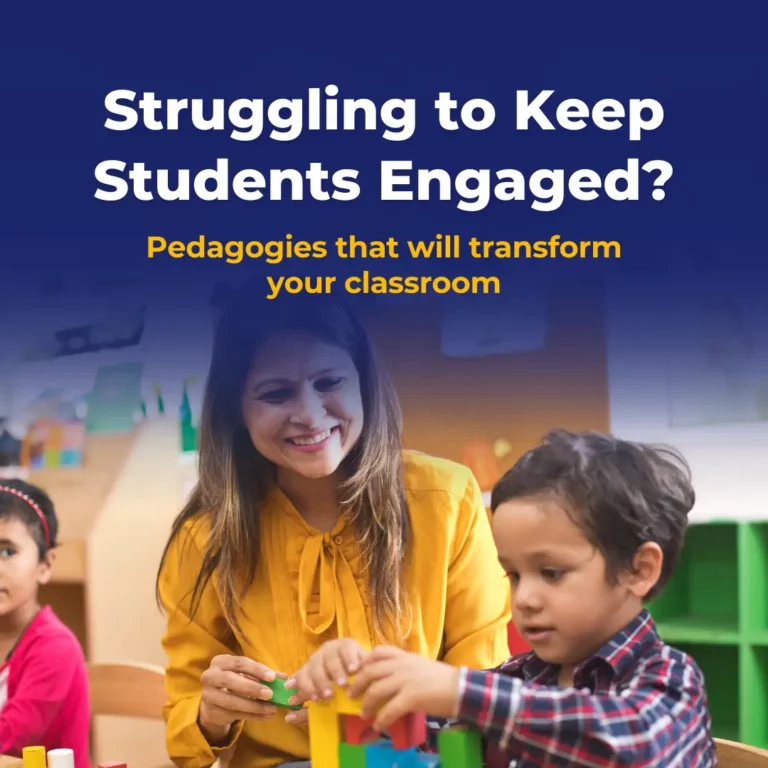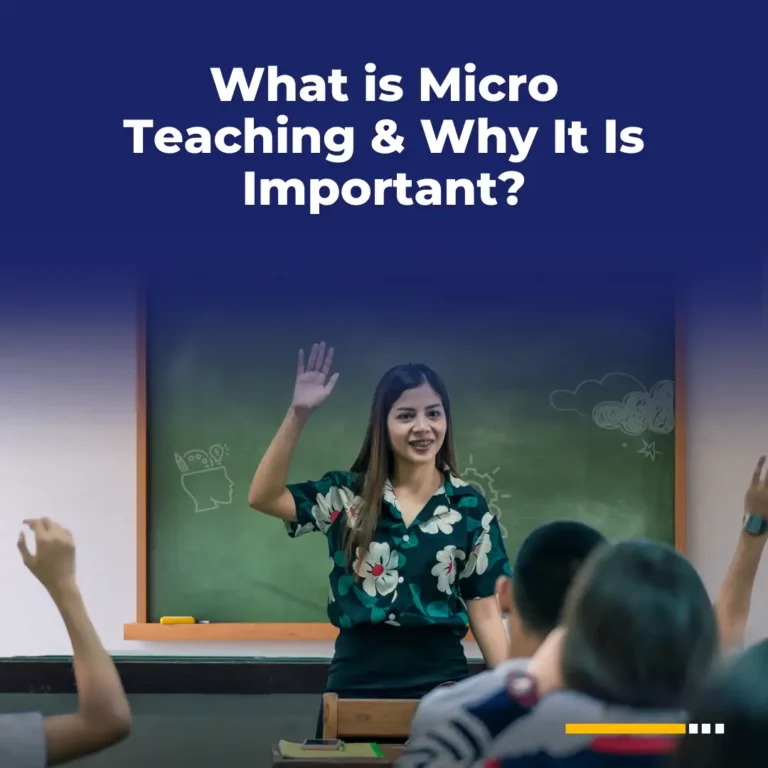Mastering the Teaching-Learning Process: An In-Depth Guide for Educators
- Teachers
- August 23, 2024
- Viva Education
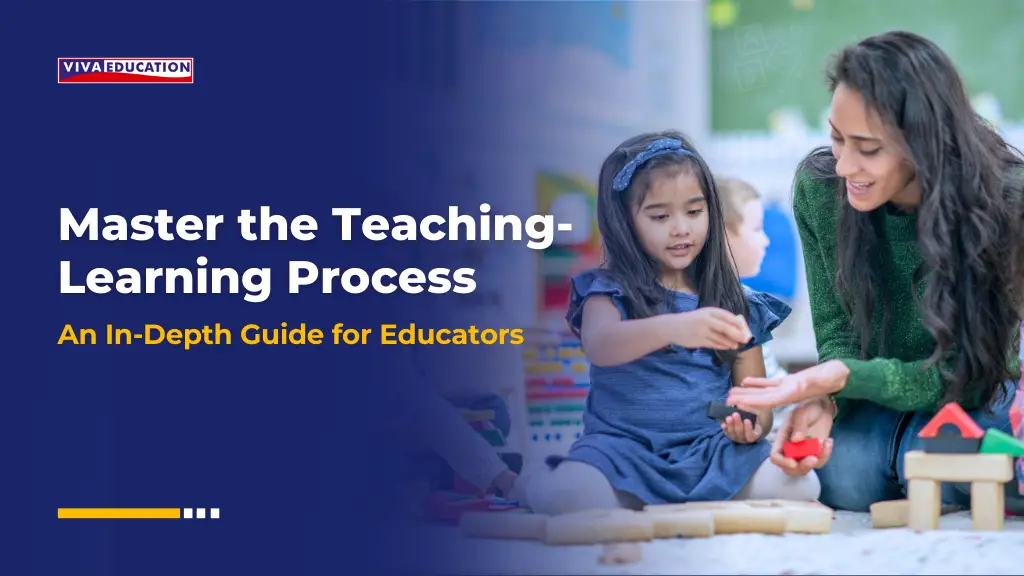
Let’s make a deal: this isn’t going to be just another dull guide on how to master the teaching-learning process. You already know what it is, and still you’re here just because you want it to be more effective and engaging, and maybe even a little bit fun.
The relationship between a teacher and a student is truly special—the core component of a memory that shapes the lives of both. Apart from the time they spend with their families, teachers and students spend most of the time together, sharing experiences and learning from each other. In fact, teachers learn as much from their students as students do from them. Every day brings new challenges, new insights and opportunities to grow—from the excitement of fresh perspectives to the deep expertise that comes with experience.
This guide helps teachers to ease out their methods. You will get the latest perspectives on the teaching-learning process.
Teaching-Learning Process
The Teaching-Learning Process is the ongoing interaction between teachers and students aimed at achieving educational goals. The teacher acts as a guide, sharing knowledge, offering support and encouraging exploration.
Meanwhile, students actively engage, ask questions and apply what they learn in real life. It’s a partnership where the teacher helps students discover new ideas, develop skills and reach their full potential.
This process thrives in a supportive environment where everyone is motivated to learn and grow together.
Components of Teaching-Learning Process
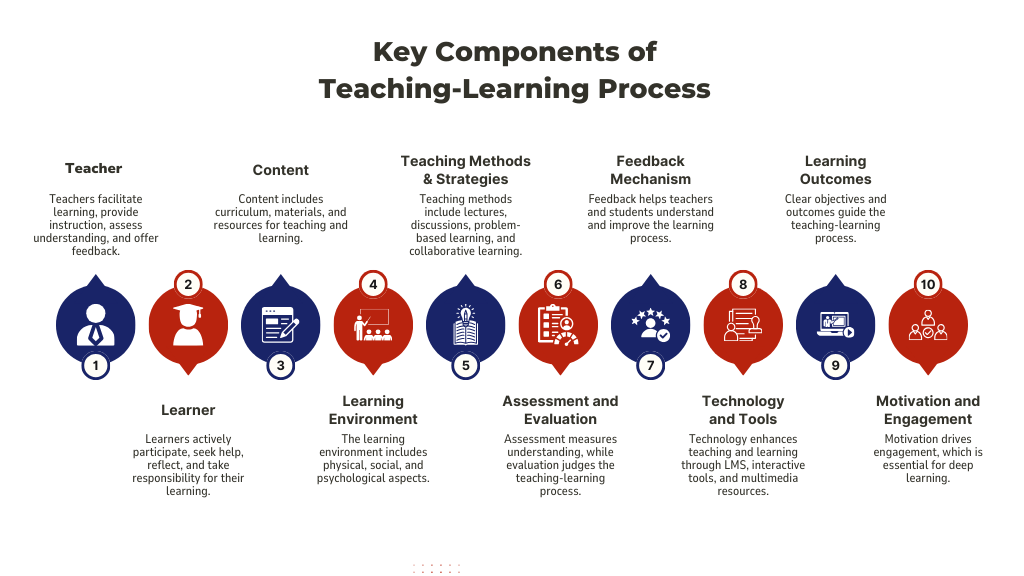
The process of teaching and learning is a combined effect of several key components. These components produce the required smoothness in transferring knowledge. If these components are given noteworthy weightage, they’ll surely bring the best results.
1. Teacher (Instructor)
The teacher is the facilitator and guide in the learning process. They design the learning experiences, provide instruction, assess understanding and offer feedback. Their knowledge, skills and attitudes significantly influence the learning environment.
Responsibilities
- Planning and organizing instructional activities
- Delivering content in an engaging and accessible manner
- Assessing and evaluating student performance
- Providing feedback and support to learners
2. Learner (Student)
The learner is the active participant in the process. Their engagement, motivation and readiness to learn are crucial for success.
Responsibilities
- Actively participating in learning activities
- Seeking clarification and help when needed
- Reflecting on and applying what has been learned
- Taking responsibility for their own learning progress
3. Content (Curriculum)
The content encompasses the knowledge, skills, attitudes and values that are to be taught and learned. It includes the curriculum, instructional materials and resources.
Components
- Curriculum: The structured outline of what is to be taught, including objectives, topics and learning outcomes
- Materials: Textbooks, multimedia resources and other instructional aids
- Resources: Supplementary materials like articles, videos and online tools that enhance learning
4. Learning Environment
It is the environment in which learning takes place, including physical, social, and psychological aspects. A positive learning environment is essential for effective teaching and learning.
Components
- Physical Environment: Classroom setup, availability of resources and technology
- Social Environment: Interaction between teacher and students and among students
- Psychological Environment: Classroom culture, encouragement and the emotional climate
5. Teaching Methods and Strategies
These are the approaches and techniques that the teacher uses to convey the content and facilitate learning.
Examples
- Lecture: Traditional method where the teacher presents information to students
- Discussion: Interactive approach that encourages student participation
- Problem-Based Learning: Students learn by solving problems and reflecting on their experiences.
- Collaborative Learning: Students work together to achieve learning goals.
6. Assessment and Evaluation
Assessment involves measuring students’ understanding and skills, while evaluation focuses on judging the effectiveness of the teaching-learning process.
Types
- Formative Assessment: Ongoing assessments during the learning process (e.g., quizzes, assignments)
- Summative Assessment: Evaluation at the end of an instructional period (e.g., final exams, projects)
- Feedback: Providing students with information on their performance to guide improvement
7. Feedback Mechanism
Feedback is critical in helping both teachers and students understand the effectiveness of the learning process. It guides adjustments in teaching methods and student learning strategies.
Sources
- Teacher-to-student feedback.
- Student self-assessment.
- Peer feedback.
8. Technology and Tools
Technology plays a significant role in the teaching-learning process, enhancing both instruction and learning experiences.
Examples
- Learning Management Systems (LMS): Platforms like Moodle or Blackboard for managing learning content and tracking progress
- Interactive Tools: Software and apps that support interactive learning (e.g., simulations, virtual labs)
- Multimedia Resources: Videos, podcasts and interactive content that enrich learning
9. Learning Objectives and Outcomes
Clear objectives and outcomes guide the teaching-learning process, ensuring that both teachers and students have a clear understanding of what is to be achieved.
Components
- Learning Objectives: Specific goals that students are expected to achieve during the course
- Learning Outcomes: The measurable end results that indicate whether the objectives have been achieved
10. Motivation and Engagement
Motivation drives student engagement, which is essential for deep learning. Teachers need to understand what motivates their students and create an engaging learning experience.
Strategies
- Providing relevant and interesting content
- Using varied teaching methods to cater to different learning styles
- Encouraging student autonomy and choice in learning activities
How to apply the Teaching-Learning process effectively!
- Defining the gist
The Teaching-Learning Process works best when learners have a clear understanding of what they are about to explore. Introducing the topic with a brief overview and highlighting key takeaways helps students orient themselves and grasp the material more effectively as it is presented.
A short, engaging quiz game can be used as a formative tool to reinforce the main ideas and give the teacher a quick snapshot of how well the students are grasping the concepts.
It is not about grading but ensuring that a foundational understanding is in place before moving deeper into the topic.
- Using the right Teaching methods
Teaching is most effective when it goes beyond just lectures and chalkboards. By using interactive discussions and real-life examples, teachers help students see how what they’re learning applies to the world around them. This approach makes learning more relatable and meaningful. Today’s teaching needs to embrace methods like brainstorming sessions, where students can think critically and creatively, getting them ready for life outside the classroom. It’s about making learning an active, engaging process that truly prepares students for the real world.
- Creating a Healthy Environment
Like we mentioned earlier, mastering a learner’s interest is through a progressive approach.
Would you like to question someone who frowns at the voicing of a doubt? No, that would just make you keep your queries constrained. Learners need to have a tolerant classroom environment. This enables the dull minds to develop.
Moreover, teachers must motivate the students with lower marks while praising the high achievers. It instils a sense of purpose to do better next time.
- Reviewing the overall performance of a learner
A teacher reviews the performance of a student in terms of knowledge gained and applied. However, at times, a teacher happens to play the role of a guide as well. Remarking a student for positive or negative actions plays a vital role in the teaching-learning process. This builds the ability to be able to accept criticism. It focuses on monitoring the performance of a student beyond books.
- Conducting team activities
Working together in teams is a key part of learning. When students collaborate, they bring out new ideas, making the experience more exciting and meaningful.
It’s about learning from each other, sharing thoughts and growing together. These group activities help students become better communicators and listeners, making the journey of learning richer and more connected.
The focus is on the shared learning experience and the connections formed, which enrich the overall process.
Advantages of Teaching-Learning Process
By now, you must have been convinced how the teaching-learning process can be refined to its best. Following, you’ll understand how applying the Teaching-learning process can bring tons of advantages!
Knowledge Transfer
The transfer of knowledge is the biggest advantage of teaching-learning process.
- A learner gets the benefit of acquiring the text knowledge, along with some personal anecdotes.
- An effective teaching-learning process will result in sharpening the thinking and reasoning skills of the learners.
- They will showcase a problem-solving approach with the acumen developed through collaborative activities.
Development of Skills
Skills will start coming forth once the teaching-learning process is managed keeping in mind the essentials you came across in this blog.
- Communication skills are necessary even in the most technical jobs. If you cannot explain your findings to the stakeholders, your poor soft skills are out. Effective teaching-learning processes will turn learners into good communicators.
- Working in teams in the young years develops good leadership and team skills in learners. It becomes easy for them to understand and share, and enhances the productivity of the team.
- It would not be wrong to say that soft skills help the learners in their personal lives as well. It helps individuals develop a better understanding of themselves to walk at ease even in difficult situations.
Personal Development
This advantage overweighs all of the ones mentioned above. You must be wondering what could be more important than technical and soft skills. To be righteous is what a teacher aka a mentor does.
Someone who is not your family and yet knows how to shape you for a bright future is a teacher. Even though teachers have no personal gains, they take pains to make the learners walk out as fine individuals.
The entire teaching-learning process is designed in a way that the learners in turn become responsible citizens of the country.
Final Thoughts
To cut the long story short, the teaching-learning process might seem a basic thing to any layman. However, the contribution that the educators make in this regard, is not everyone’s cup of tea.
By explaining the same concepts to different batches or to the same set of students again for a doubt session, teachers act as embodiments of unflinching patience. An educator’s significance might go unnoticed in a crowd of careers, but it is an educator who actually builds these careers.
